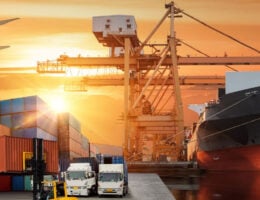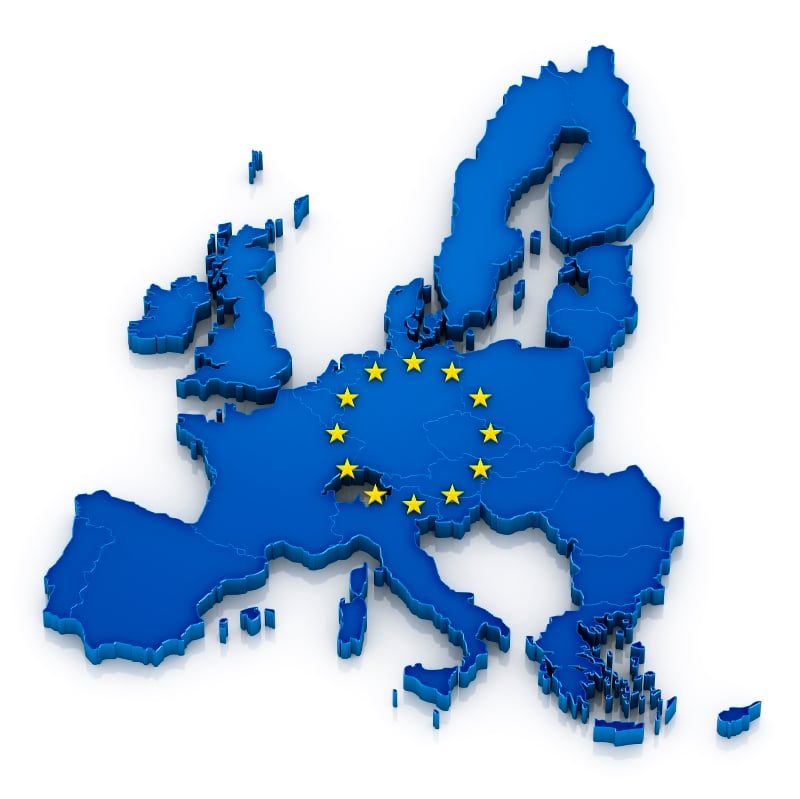For the third week, we continued our Annual Compliance Conference with key customs developments impacting on businesses today. Specifically, we discussed the reform of the Union Customs Code in the EU, key trending customs developments in EMEA, and different methods of driving significant financial savings in global supply chains.
On 17 May 2023, the European Commission published a set of proposals that, according to the Commission, constitute the “most ambitious and comprehensive reform of the EU Customs Union since its establishment in 1968.”
Introduction of an EU Customs Agency is becoming more and more tangible. This idea of a “European Customs Agency” was first proposed on 31 March 2022 by the “Wise Persons Group on Challenges Facing the Customs Union”. More recently, on 28 February 2023, during the 62nd Plenary Meeting of the Trade Contact Group set up by the European Commission, the creation of an EU Customs Authority was once again discussed alongside the introduction of an EU Customs Data Hub and further simplification of customs processes.
Baker McKenzie’s Sanctions Blog published the alert titled Blog Series: Sanctions Enforcement Around the G7 – the French Perspective on 28 March 2023. Read the article via the link here. Please also visit our Sanctions Blog for the most recent updates.
Hot on the heels of the German Federal Fiscal Court’s publication of its final decision in the Hamamatsu case, UK Customs (HMRC) have today published updated guidance on the customs valuation of imports, replacing its previous guidance (Notice 252).
What jumps out at first glance is a seeming change in policy with regards to the valuation of goods sold between related parties, with HMRC advising “you will not usually be able to use Method 1 [Transaction Value] with a margin-based transfer pricing model.”
The secret is out, this will most likely not be news to you but there is a strong interplay between Transfer Pricing, Customs and VAT. Even though income tax authorities may have different views in how they consider valuation from a TP perspective and the valuation structure recognized by customs authorities, we can no longer ignore that a company’s TP policy/adjustments will affect their cross-border transactions of tangible goods and ultimately impact their dutiable/VAT position.
In 2014, Ukraine and the EU signed a free-trade agreement in the form of an Association Agreement that contains a Title IV which relates to trade and trade related matters and has been applied since 1 January 2016. Article 29 of the Association Agreement provides for the progressive elimination of customs duties in accordance with the schedules included in the agreement and envisages the possibility to accelerate and broaden such elimination. Following a request of Ukraine, the European Commission has decided to put forward a proposal introducing the following trade-liberalising measures for products originating in Ukraine.
On 21 September 2021, the European Commission published its proposal for a new EU scheme of generalised preferences, also called GSP. The GSP provides preferential access for products to the EU market originating in developing countries without the need for these countries to open their markets to EU exports in exchange. This preference shall be granted in accordance with the “Enabling Clause” set in Article 2a of the General Agreement on Tariff and Trade, which provides a permanent exemption from the Most Favoured Nation (non-discrimination) for developed countries to unilaterally grant elimination or reductions of the tariff paid on imports from developing countries which share the same trade, financing and development needs.
On 31st of March 2022, the Wise Persons on Challenges Facing the Customs Union (WPG) released its report on the future of the EU customs union. The WPG has been appointed by the Commissioner Gentiloni to reflect on the development of innovative ideas and concepts. This report aims to contribute to a general inter-institutional debate on the future of the customs union.







